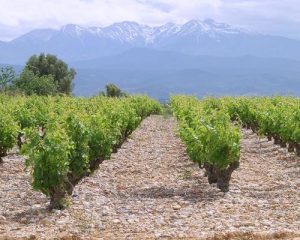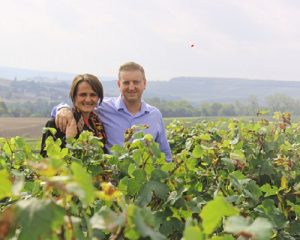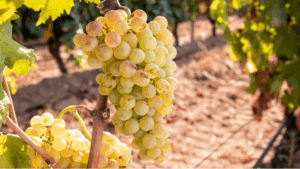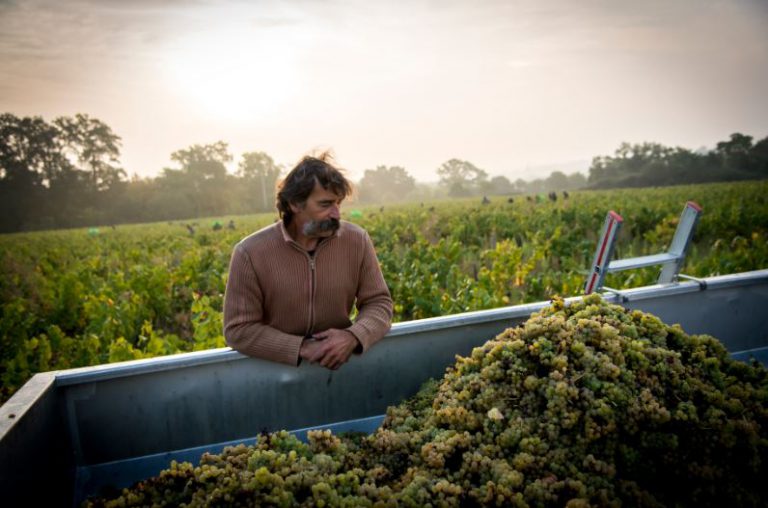
Jo Landron has made a name for himself as one of the major figures in French winemaking. Along with Domaine de l’Ecu and Luneau Papin, he flies the flag for Muscadet, long since considered merely an aperitif wine.
The story of the Landron family in Muscadet starts in 1945, when Pierre and Julien Landron bought land to expand their father’s holdings, at the time a princely three hectares. They went their separate ways in 1967, with Pierre fully taking over the running of the vineyards.
In 1979, Joseph Landron – nicknamed “Jo” – joined his father at the domain. He shows profound respect for the work accomplished by his father. With his uncle, however, they began modernizing the domain, going from horse-ploughing to chemical treatments. They found these techniques didn’t fit in at their domain, and dreamed of converting to organics, something that Pierre had refused to even contemplate. Yet in 1987, when the vines were poisoned by a weed killer, Pierre Landron listened to his son. The domain hasn’t used weed killer since, and since that very year, the soils are tilled.
Pierre Landron retired in 1990, leaving his son at the head of the domain. With the new generation came new practices. Jo Landron converted the domain to organics from 1999 and to biodynamics in 2011 (Ecocert°).
Muscadet divided into crus
Today, the vineyard spans 48 hectares, divided into two domains: Château de la Carizière in Haye Fouassière, and Domaine de la Louvetrie sur hillsides of Sèvre. Of almost 80 winemakers, only 20 remain. Rather than seeing the vines ripped out, Jo accepted to buy them. Melon de Bourgogne, or Muscadet as it’s known in these parts, is the grape of choice here, introduced to the region in the 18th century. This grape, with impressive resistance to the cold, can produce superb white wines, with a lovely bracing acidity and lightly iodised notes. It can be enjoyed with a wide variety of foods but certain cuvées can drink perfectly well by themselves.
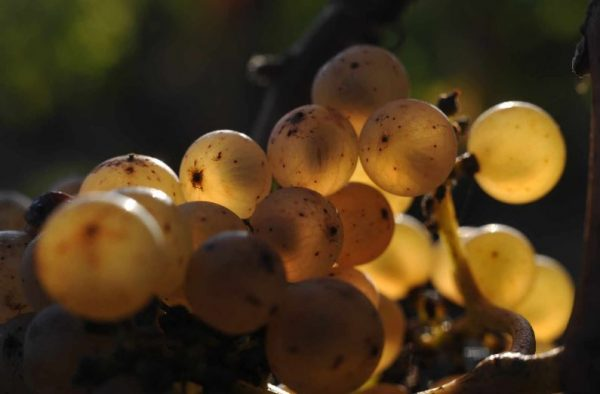
One could say that a new dawn is rising for the Muscadet region. In 2011, three crus were created in the villages of the Muscadet-Sèvres-et-Maine appellation. In 2016, four more were added. The domain’s parcels are not found in these crus, though La-Haye Fouassière (for the cuvée Fief du Breuil) could join them in years to come. The cahier des charges for these crus is more demanding: yields are limites at 45hl/ha (rather than 55hl/ha), and the wines must be raised on lees for longer.
Jo Landron didn’t wait for the INAO (Institut National des Appellations d’Origine) to understand and class his variety of terroirs. “Les Amphibolites”, for instance, is one cuvée named after small stones made up of metamorphic rocks and greenstone.
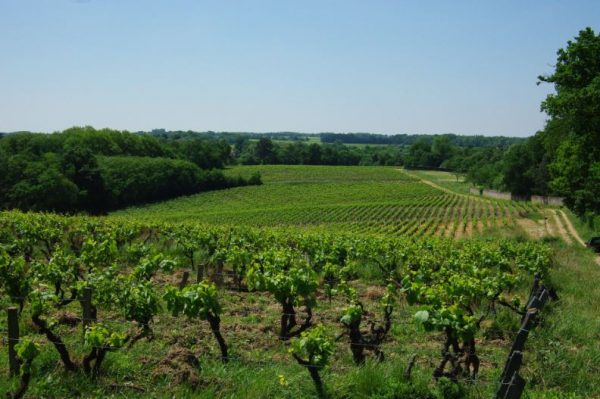
“Le Fief du Breil”, on the other hand, is produced from 40-year-old vines planted on south-facing hillsides overlooking the river Sèvre near Nantes. The soil is poor, made up of clay and silica, with lots of pebbles and quartz. Located in the Haye Fouassière municipality, Le Fief is without a doubt Jo Landron’s cuvée for cellaring. It should be tasted after a minimum of 4 to 5 years of aging.
Wines from Jo Landron currently for sale
Muscadet-Sèvre-et-Maine sur lie Les Houx Jo Landron
Formerly called “Hermine d’Or”, the cuvée “Les Houx” is a wine from vineyards aged 20 to 50 years and over, planted on a very siliceous and shallow sandy soil. Harvesting is done by hand and vinification is done exclusively with native yeast, without malolactic fermentation. The resulting wine is fresh, iodised, fruity (citrus) and rich.
Muscadet-Sèvre-et-Maine Amphibolite Nature Jo Landron
“Amphibolite Nature” is a Muscadet from a soil of metamorphic and green rocks which give the wine its minerality. The vines are 23 to 40 years old. Harvesting is done by hand and a pneumatic press is used. Fermentation is done with native yeast and in glazed cement vats. The wine is aged on lees for four months to preserve its freshness and vivacity. This cuvee is not chaptalised and comes in at 11° alcohol. Sulfur is added at the end of the alcoholic fermentation to avoid malolactic fermentation. The wine should be consumed quickly. It is refreshing and goes well with oysters, for example, thanks to its iodised flavour and minerality.
Muscadet-Sèvre-et-Maine Le Fief du Breil Jo Landron
“Le Fief du Breil” is a wine from 40-year-old vines planted on a hillside overlooking the Sèvre Nantaise, facing south with a 10% slope. The soil is poor, clay-siliceous, very pebbly with a strong presence of quartz. The vine, handled biodynamically and organically, is harvested manually, with sorting on the vine. Fermentation takes place in cement tanks in native yeast, without malolactic fermentation. The wine is then aged on fermentation lees for 14 to 24 months with bâtonnage. The “Fief du Breil” is an iodised wine, smoked, with a lively attack that gradually reveals the fruit. It has volume and considerable length. This elegant and wild side will go perfectly with seafood. Can be enjoyed from 18 to 24 months following the vintage.
What the guides say about domain Jo Landron
Revue des vins de France
Cuvées from Jo Landron have become an unmissable reference point in the small family of terroir-driven Muscadets. In the best years, l’Hermine d’Or majestically combines ripeness and freshness, and Fief du Breil offers wonderful complexity.
Bettane+Desseauve
Jo Landron’s domains span 48 hectares in two different locations, Domaine de la Louvetrie and Château de la Carizière. The moustachoied Jo Landron, a wizard with Melon de Bourgogne, is one of the finest producers of Muscadet. The vines are farmed organically.
The wines evolve perfectly with time. All of the cuvées have great class and deserve to be tasted in magnums. L’amphibolite is a model of finesse and lightness.

